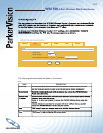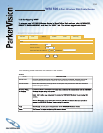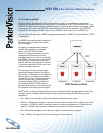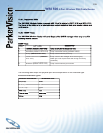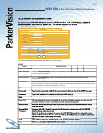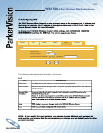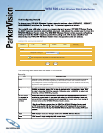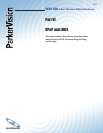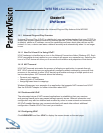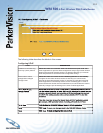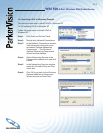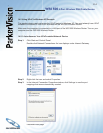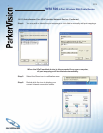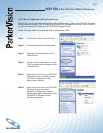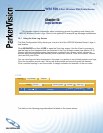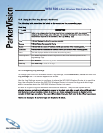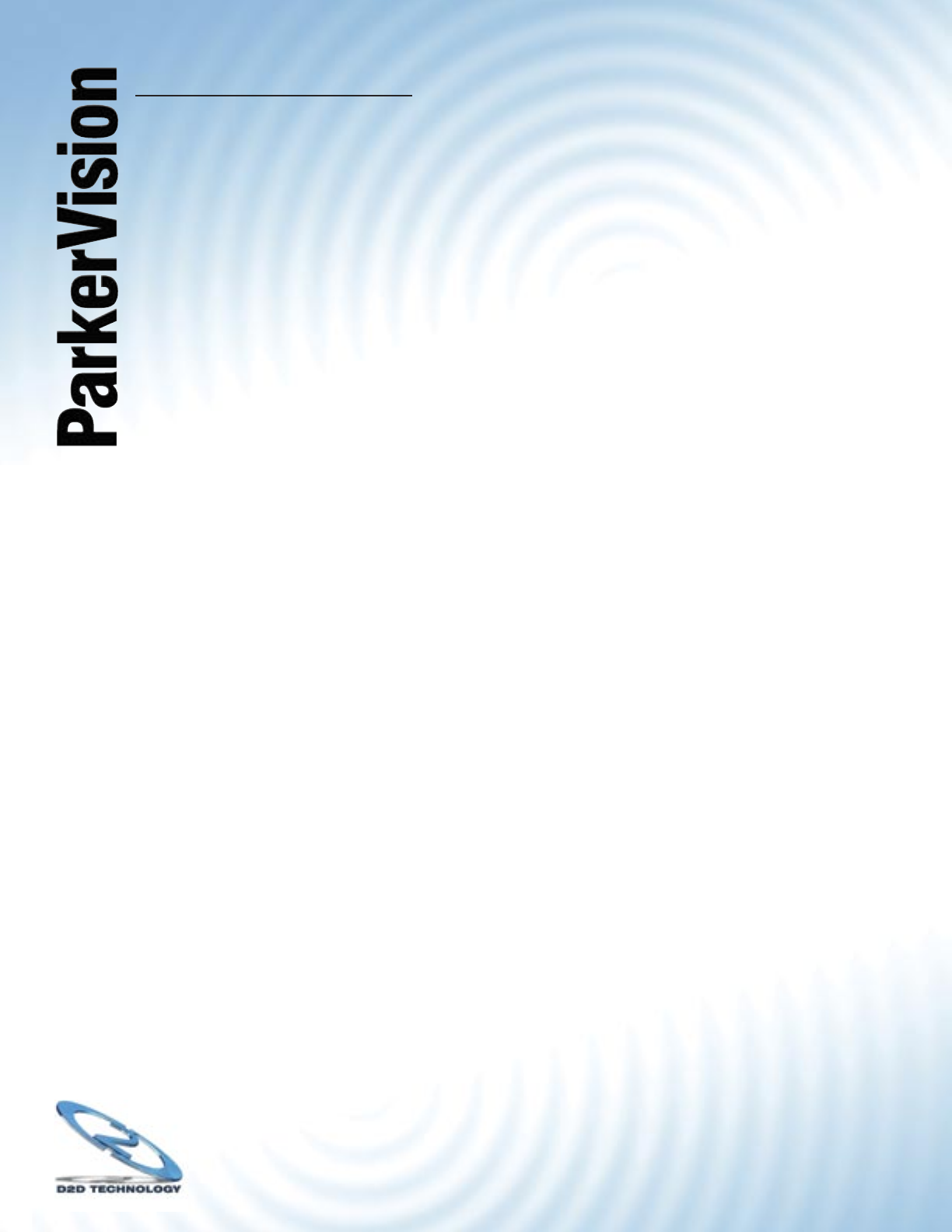
WR1500 4-Port Wireless DSL/Cable Router
®
111
Chapter 14:
UPnP Screen
This chapter introduces the Universal Plug and Play feature of the WR1500.
14.1 Universal Plug and Play Overview
Universal Plug and Play (UPnP) is a distributed, open networking standard that uses TCP/IP for
simple peer-to-peer network connectivity between devices. A UPnP device can dynamically join
a network, obtain an IP address, convey its capabilities and learn about other devices on the
network. In turn, a device can leave a network smoothly and automatically when it is no longer
in use.
14.1.1 How Do I Know If I’m Using UPnP?
UPnP hardware is identifi ed as an icon in the Network Connections folder (Windows XP). Each
UPnP compatible device installed on your network will appear as a separate icon. Selecting the
icon of a UPnP device will allow you to access the information and properties of that device.
14.1.2 NAT Traversal
UPnP NAT traversal automates the process of allowing an application to operate through
NAT. UPnP network devices can automatically confi gure network addressing, announce their
presence in the network to other UPnP devices and enable exchange of simple product and
service descriptions. NAT traversal allows the following:
• Dynamic port mapping
• Learning public IP addresses
• Assigning lease times to mappings
Windows Messenger is an example of an application that supports NAT traversal and UPnP.
See the SUA/NAT chapter for further information about NAT.
14.2 Cautions with UPnP
The automated nature of NAT traversal applications in establishing their own services
and opening fi rewall ports may present network security issues. Network information and
confi guration may also be obtained and modifi ed by users in some network environments.
All UPnP-enabled devices may communicate freely with each other without additional
confi guration. Disable UPnP if this is not your intention.
14.3 Confi guring UPnP
Click ADVANCED and then UPnP to display the screen shown on the next page.



